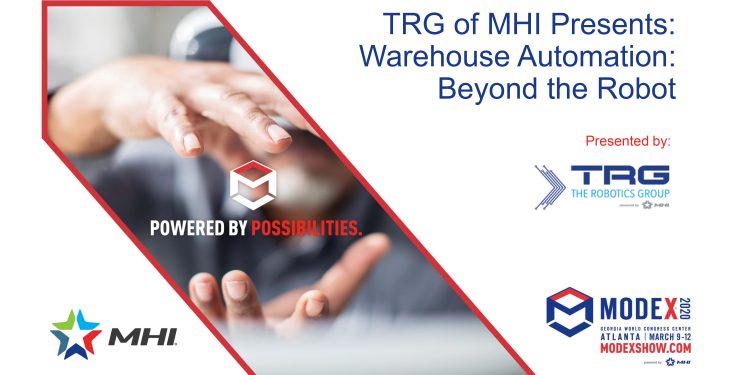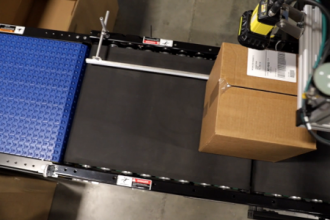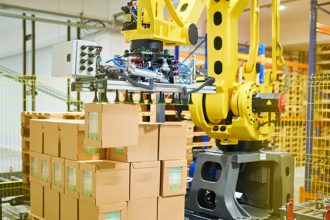Besides Robots, Learn What Other Technologies Are Needed For Successful Warehouse Automation

At MODEX 2020, held this past March in Atlanta, members of The Robotics Group of MHI presented a free, on-floor seminar to attendees. Entitled “Warehouse Automation: Beyond the Robot,” the 40-minute session’s slides and audio were recorded for those who were unable to attend, or who wish to view the presentation a second time.
With the interest in robots as a next-generation automation solution within warehousing, fulfillment and distribution, it’s important to understand that the robotics applied in manufacturing over the past four decades don’t directly translate into material handling usage. Instead, a variety of application-specific technologies must be in place to ensure a successful implementation. The purpose of the session was to detail the other supporting equipment and technologies that must also be utilized.
Panelists first discussed the design fundamentals that should be considered when implementing warehouse robots. These include how to empower the associates to be faster and more accurate through the use of the robotic solution; how the robotic solution can be flexibility deployed, redeployed, and adapted within an operation as demands shift; and how to leverage captured data and translate it into increased operational visibility to better direct the robotic workflows.
Tips for things to consider prior to adding robots into a building were also discussed. Among the areas to evaluate are flooring, size of the building, size of the active pick area, what other infrastructure exists (conveyors), and aisle widths. Because different robots require different footprint allowances and flooring conditions, those used in pick modules and on mezzanines may require structural, layout or flooring modifications to ensure they have enough space and a smooth, level, highly durable, anti-static surface to travel over.
Further, if the robot is expected to significantly increase throughput, it’s important to assess how backend systems — such as software — will support that uptick through timely replenishment, appropriate workflow balancing, and order routing. Also, with regard to software, it will be necessary to ensure that an existing warehouse management system (WMS) is integrated into the robotic fleet management system. This ensures that order fulfillment work is properly connected between the WMS and the robots, which execute assigned tasks. Make sure the appropriate information technology (IT) decisions and integrators are selected to facilitate a smooth installation and deployment.
The panel also observed that there are many safety considerations that must be assessed prior to deploying warehouse robots. Fixed solutions may require additional guarding; mobile models will need sophisticated machine vision and safety devices integrated within the robots to ensure they can operate in close proximity to workers without risk of injury. Performing a safety risk assessment ahead of deployment to ensure that employees both feel safe and actually are safe contributes to both their comfort and acceptance of the solution.
Looking for more information about integrating robots into your operation? There are a variety of resources available on TRG’s webpage.



